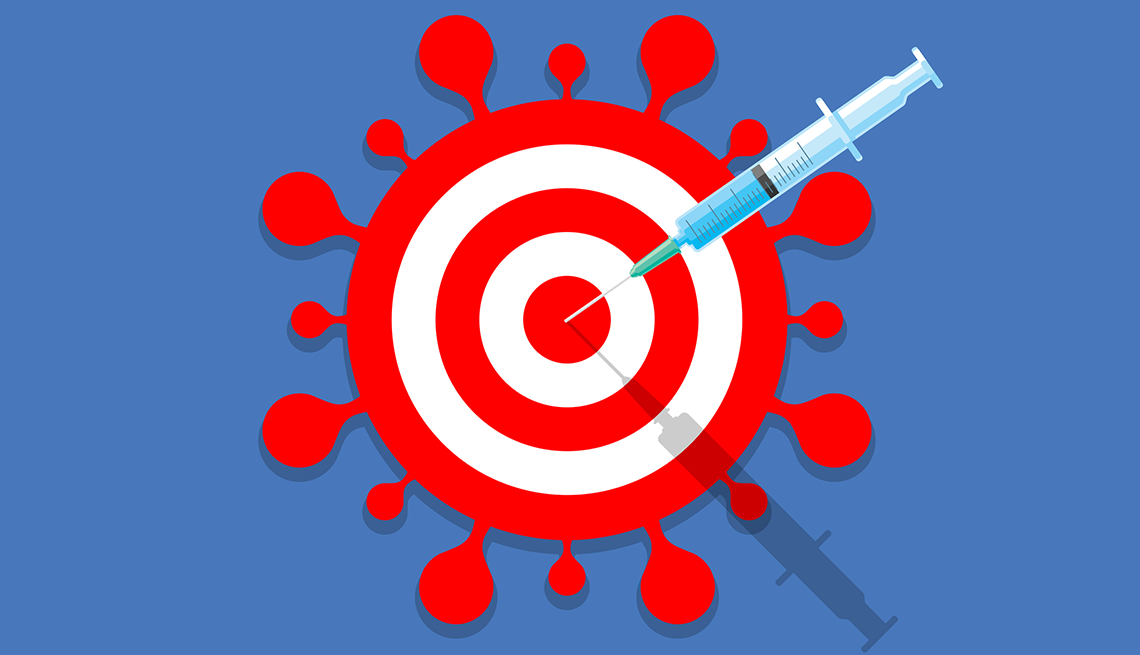
Why older adults need a second covid shot
- Select a language for the TTS:
- UK English Female
- UK English Male
- US English Female
- US English Male
- Australian Female
- Australian Male
- Language selected: (auto detect) - EN
Play all audios:

National data suggests the rough respiratory illness season may finally be winding down. Declining trends, however, shouldn’t be mistaken for lax precautions. Doctors and virus experts say
it’s just about time for older adults to roll up their sleeves for another dose of the coronavirus vaccine. In October 2024, the U.S. Centers for Disease Control and Prevention (CDC) issued
a recommendation that people ages 65 and older get a spring shot of the 2024-25 COVID-19 vaccine to boost their immune systems and restore protection that has waned since the fall, when the
updated vaccines became available. Immunocompromised individuals — those who have cancer or take certain medications to treat an autoimmune disorder, for example — are also advised to get
another COVID vaccine. “Those two groups are the ones that are now consistently making up the population that’s suffering from severe COVID-19, meaning emergency room visits or
hospitalizations,” says Andrew Pekosz, a professor in the Department of Molecular Microbiology and Immunology at Johns Hopkins Bloomberg School of Public Health. In early January, the COVID
hospitalization rate for adults younger than 50 was 1.0 per 100,000 people; for those 65-plus, it was 18.3 per 100,000. And during last year’s respiratory illness season, adults 65 and older
accounted for 70 percent of all COVID-related hospitalizations. WHY DO OLDER ADULTS NEED A BOOST? A big reason has to do with age-related changes that make it more difficult for older
adults to fight off an infection, explains Rachel M. Presti, M.D., a professor of medicine and medical director of the Infectious Disease Clinical Research Unit at Washington University
School of Medicine in St. Louis. This is not unique to COVID-19. Older adults are more susceptible to severe illness from other bugs, such as influenza, which is why a high-dose version of
the flu shot is recommended for people 65-plus. Additionally, the COVID vaccines “provide really pretty good protection in the short term, but by the time you get to month four, five and
six, that protection begins to wane,” William Schaffner, M.D., professor of preventive medicine at Vanderbilt University School of Medicine, told AARP. And, unlike flu, which typically
strikes during the fall and winter, COVID-19 is active year-round, which is why it has surged in the summer months. “So this six-month boost is meant to sort of kick that [immunity] back up
to high levels of protection until the following fall,” Pekosz says, when people are typically vaccinated for flu and COVID-19.
